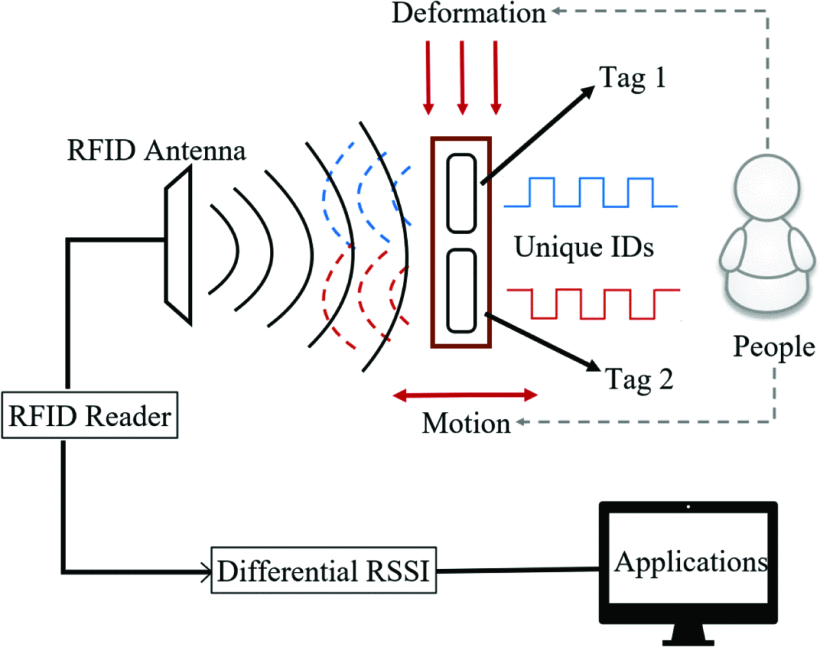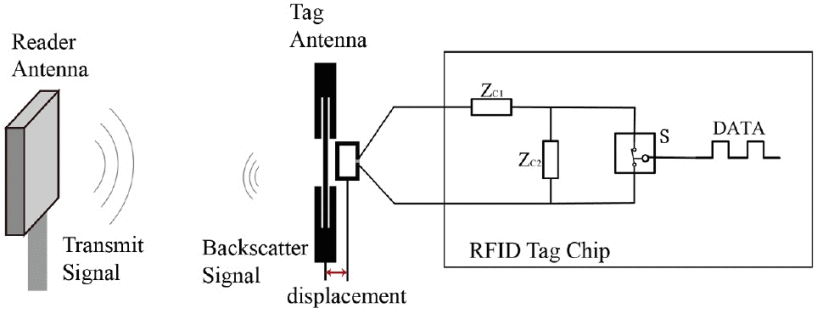Siqi Dai
Gainesville, FL ·
email@domain.com(TBA)
Scan contact card
PhD student and research assistant in ECE department, UFL. Research interests: IoT/CPS security and privacy.
Skills
Architecture
- IP Networking
- DNS
- Firewalls
- Load Balancing
- Microservices
- RESTful APIs
- SaaS/PaaS/IaaS
Languages, Operating Systems & Tools
- Java
- Python
- git
- subversion
- linux
- bash
- php
- jquery
- javascript
Platform Development & Administration
- Atlassian
- Bamboo
- Bitbucket
- NGINX
- MySQL
- Wordpress
Data Management
- Microsoft SQL Server
- Oracle
- MongoDB
- Apache Spark
Containers & Cloud
Publications
A collection of articles, presentations or talks, most likely on Culture and DevOps, because let’s admit it, they are one in the same ;)
IEEE Sensors Journal - Battery-Less Sensing of Body Movements Through Differential Backscattered RFID Signals
RFID tags not only can be used as identification devices, with antenna sensing techniques, they can also be used as low-cost and battery-less sensors. However, RFID antenna sensing relies on the impedance and/or gain modulation of the tag’s antenna, and extracts the sensing information through the RSSI variation of the backscattered signals. The sensing information is prone to the interferences and noises in the reader-tag communication channel, as well as the distance variations if the sensors are in constant motion. In this paper, we propose a sensor structure that is constructed from adjacently placed double tags to address these issues. The EM properties of the antennas of the double tags behave differently (or even oppositely) under the same sensing variation; therefore, the differential backscattered signals of the dual-tag sensor can eliminate the common-mode interferences while preserving the sensing information. We have constructed one curvature sensor and one deformation sensor with embroidered antennas (using conductive yarns) and all-fabric materials, and sewn the sensors on apparels to demonstrate their use in smart clothing applications. The experiments show that even when the human body is in constant motion, the curvature sensor sewn on the knee area can effectively monitor human’s body gesture, while the deformation sensor sewn on the chest area can precisely detect the respiration activities.
November 2022


IEEE Internet of Things Journal - E-Textile Battery-Less Displacement and Strain Sensor for Human Activities Tracking
Wearable sensors demand flexible and concealable devices that can be seamlessly integrated with apparels and clothes. E-textile sensors and devices, built from specially functionalized fibers and yarns and constructed with embroidery and woven processes, provide an ideal solution for different wearable applications. In this article, we propose a textile-based, embroidered passive strain and displacement sensor functioned as a UHF RFID antenna that can be aesthetically integrated with garment fabrics. The antenna structure consists of a dipole arm and a coupling loop mounted with an RFID chip. The displacement between the loop and dipole arm will alter the impedance of the antenna and consequently modulate the backscattered signals from the RFID chip to the reader. The sensor is passive, i.e., no battery is needed on the sensor and the sensing information can be wirelessly retrieved by the reader from a few meters away. The structure is sensitive to strains and displacement caused by body movement. Our experiments demonstrate different applications for this sensor, i.e., when the sensor is embroidered on different locations on human body, such as breast, knees, and elbows, it can be used as a respiration monitor, gesture indicator, etc. to conveniently track and log various forms of body movements.
November 2021


IEEE International Conference on RFID (RFID) - Wearable Deformation Sensor with Ambient Interference Rejection Using Differential Backscattered RFID Signals
RFID technology not only enables wireless identification, it also provides the platform for battery-less antenna sensing capabilities, i.e., the sensing information is modulated by the antenna impedance, and it can later be extracted from the backscattered signals by the readers. However, antenna sensing is prone to interference and ambient environment impacts, such as distance variation and noise in the transmission path. These factors can cause amplitude and phase changes of the received signals, and deteriorate the quality of the sensing information. In this paper, we propose a deformation sensor that consists of two adjacent-placed RFID antennas. The impedance of the two antennas will be modulated differently under the bending condition, and the deformation information can be extracted from the differential backscattered signals of the two antennas. To be deployed as a wearable body gesture sensor, the two antennas are embroidered on apparel using conductive yarns. Experiments show that differential sensing signals can effectively eliminate the impact from ambient interference, while tracking the body gesture even under varying reading distances.
November 2021


Wait! There's more..
See all Creations for more examples!
Wait! There's more..
See all Open Source Contributions for more examples!
Experience
TBA
Current Company LTD
Led in development of fast paced software teams.
- list
- of
- things
February 2016 - Present
TBA
Current Company LTD
Expedited the synergies of collaborative agile tooling.
March 2014 - February 2016
TBA
Previous Company Inc.
Implemented continuous devops pipelines automationing
February 2013 - March 2014
Education
University of Florida
PhD
ECE
Graduate research assistant
2022 - present
2021-2022
Southern University of Science and Technology (Sustech)
Bachelor
Engineering
2018 - 2022
Wait! There's more..
See all Blogs for more examples!


